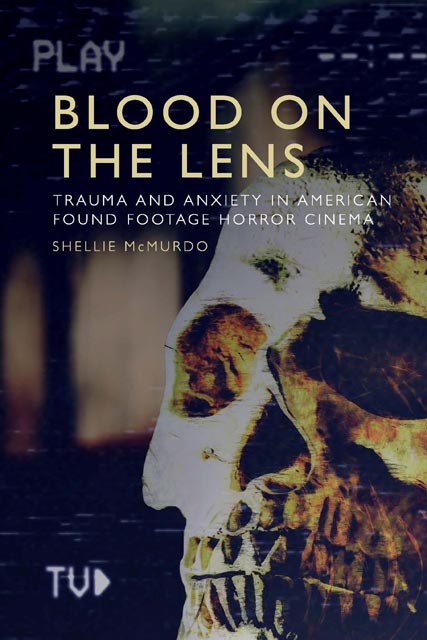2 - Found footage horror and documentary conventi
Published online by Cambridge University Press: 13 April 2023
Summary
Various films and programmes have been proposed to be the starting point of found footage horror. Alexandra Heller-Nicholas, for instance, locates the subgenre’s origin in the Highway Safety Films of the 1950s (2014: 42), whereas Matthew Raimondo – although he notes there are flashes of the subgenre in earlier films – positions The Blair Witch Project as the real ‘pioneer’ of the subgenre (2014: 68). Meanwhile, others have tracked found footage horror’s history transmedially, and back to epistolary novels such as Dracula (Stoker, 1897) (Sawczuk, 2020). The large majority of horror scholars, however, consider that the genesis of found footage horror can be found in the 1980 film Cannibal Holocaust (see Rhodes, 2002; Petley, 2005; Grant, 2013; Benson-Allott, 2013; Hart, 2014). The narrative of Cannibal Holocaust follows Professor Harold Monroe’s quest to determine what has happened to a documentary crew last seen entering the Amazon rainforest. Monroe finds their remains and camera equipment erected as a grisly totem by the cannibalistic Yanomamo tribe and returns to New York to review cans of film found at the tribe’s camp, which studio executives are eager to include in a planned memorial documentary.
The central plot of Cannibal Holocaust – a documentary project during which the documentarians die and their footage lives on – has since become a central narrative premise of a great deal of found footage horror cinema. Gary D. Rhodes, for instance, has noted of the subgenre’s output, that ‘these narratives must overcome the fallacy (as well as the repetition) inherent in simply having onscreen filmmakers shoot stories that become their own funerals’ (2002: 59). Similarly, Caitlin Benson-Allott – while presenting an alternative term for found footage horror – states that ‘One of the few conventions all faux footage horror movies follow is that everyone dies, including and especially the diegetic cinematographer’ (2013: 168). Although not true of all found footage horror films, this convention of the failed documentary project – which I will discuss further below – is one that the subgenre has repeatedly returned to. However, it is not only this aspect of Cannibal Holocaust that has endured in found footage horror, but also a specific kind of aesthetic and form.
Much of Cannibal Holocaust is devoted to the ‘found footage’ shot by documentarian Alan Yates and his crew before and during their excursion into the rainforest.
- Type
- Chapter
- Information
- Blood on the LensTrauma and Anxiety in American Found Footage Horror Cinema, pp. 25 - 42Publisher: Edinburgh University PressPrint publication year: 2022



